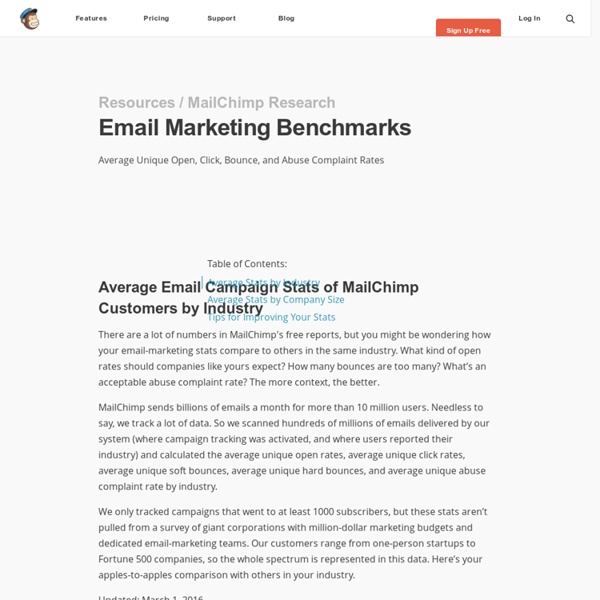Two Basic E-Mail Tactics
Nearly all online marketers use e-mail. Studies conducted in January 2009 by two companies also confirm that most behave similarly when it comes to basic tactical decisions. Among marketers surveyed by Smith-Harmon, the greatest percentages said Monday and Tuesday were the most popular days to send e-mail in 2008, presumably because they had the greatest chance of reaching their targets. Thursday and Friday were close behind, while less than one-half as many said Saturday was the most popular day of the week to send e-mail.
Google Conducting Focus Group Research Into Social Networking
The blogosphere has been abuzz with word that Google may be developing a social network after Digg CEO Kevin Rose tweeted a few weeks ago that he’d heard a “huge rumor” that Google was planning to launch a Facebook competitor called “Google Me.” Adam D’Angelo, founder of Q&A service Quora, then claimed on his own that this is a real project for Google. And Google CEO Eric Schmidt hasn’t denied these reports. To add some more speculative fuel to the fire, Google is now conducting focus groups to gather information about consumers’ social habits.
Why E-Mail Subscribers Unsubscribe
E-mail marketing is one of the more effective and less expensive ways to retain and engage customers. In fact, early this year comScore found that e-mail had a 4.4% sales conversion rate in the US. In a survey by MarketingSherpa and ADTECH, 44% of marketers said that e-mails to house lists had “great ROI.” CMOs told Epsilon researchers that e-mail was the marketing tactic that they would cut last—but that doesn’t mean subscribers don’t cut e-mail newsletters. According to an Epsilon and ROI Research study, 55% of e-mail subscribers in the US and Canada unsubscribe from opt-in e-mails occasionally—and 14% do so frequently. Only 5% said they never unsubscribe.
How Apple maintains explosive earnings growth
It's now the second-largest company in the U.S., and it still manages to grow its earnings by more than 50% a year. by Andy M. Zaky, contributor In the four years I've followed Apple (AAPL) as it's grown from a mere mid-sized tech stock to becoming the second largest corporation in the United States in terms of market capitalization, I never imagined that it or any other company of its size would be able to consistently grow its earnings by well over 50% a year. While Apple is now larger than Microsoft (MSFT), Google (GOOG), Cisco (CSCO), and Intel (INTC), it still enjoys the growth rate of small cap tech stocks.
E-Mail Marketing and Click-Through Rates: Part II
According to the “Q1 2009 Email Trends and Benchmarks” report by Epsilon, 94.1% of marketing e-mails were delivered in Q1 2009. In addition, 22.1% of e-mails were opened and 6.1% were clicked through. Open rates and click-throughs were up slightly from Q4 2008. Deliveries were down. (To compare these numbers to figures from a MailerMailer study, see E-Mail Marketing and Click-Through Rates.)
Customer Service on Twitter, Should You do it?
The bar for customer service is admittedly still not very high across the board. In many, if not most cases, it's because of business issues that keep an organization from focusing on the product or service -- hence the need for extra support. Many organizations are still looking at customer service as a cost center, when they could be taking a different view, especially with social media. The best way to communicate about something being better is by letting people see satisfied customers.
Making Your E-Mails Go Viral
Online retailers want their marketing e-mail messages to reach as many eyeballs as possible. Taking advantage of subscribers’ natural desire to share info about a great deal with their friends is one way to do just that. Dedicated links that allow e-mail subscribers to easily “forward to a friend” (FTAF) or “share with your network” (SWYN) are two ways marketers can help their messages go viral. Though social networking is hipper than old-fashioned e-mail forwarding, marketers are much more likely to provide a “forward” link (48%, including those who provide both links) than easy sharing capability (13%, including those who provide both links), according to data from Smith-Harmon. Only a few online retailers used both types of links in their e-mail campaigns, and nearly one-half did not offer any link at all for passing on messages. Links to share content with a social network can potentially give messages much more exposure.
What REALLY happens when you use “@” in Tweets?
Rule #2: Anytime you put an @someone anywhere in a tweet, it will be sent to that @someone, regardless of whether they follow you or not. 2. Creating tweets only your “family” can see



